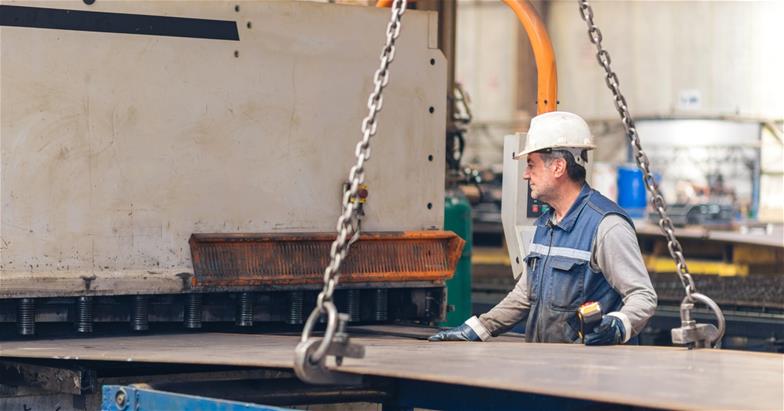“It’s not knowing what to do, it’s doing what you know.” -Tony Robbins
The words of Tony Robbins, the famed motivational speaker, remind us of an important factor in using situational awareness to keep yourself safe while performing both work and daily life activities: knowing.
Many times, when someone emerges safely from a dangerous situation or hazardous condition, it is assumed that they instinctively knew what to do in that situation. It has been my experience that is not the case. More than likely, the person was prepared and had a plan of action in case anything should occur. This plan of action allowed him or her to know what to do and then take the actions necessary to keep themselves safe.
Why is it important to formulate a plan of action when using situational awareness?
The only way to achieve your goal of staying safe is to act. It is not enough to simply listen to and observe what is going on in your surroundings. A plan of action is a series of steps you would follow to maintain your personal safety. Once you have gathered sensory information through listening, observing, and orienting yourself in relation to all the activities, operations, and factors in your immediate environment, you can then convert that information into action.
If a dangerous situation arises, you won’t be surprised and forced into a panic-based reaction which could possibly be unsafe; unfortunately, many times that is what happens. Examples of this are when a fire occurs and a worker takes the wrong route and becomes trapped, or when a load comes loose from a crane and a worker freezes or runs the wrong way. Having a plan of action helps you remain in control and to act, not react.
Creating a plan of action: a skill that can be developed
To develop your action-planning skills, whenever you are doing different activities or operations, think to yourself, “What would I do if this situation occurred?” Answer the question to yourself and form a plan of action. By doing this mental exercise, you will be less surprised if a hazardous situation occurs because you have already considered the scenario and your actions will be automatic.
You can also help improve this skill by using situational awareness techniques. Follow the process of listening and observing your surroundings, then orient your body position in relation to any hazardous conditions or situations you identify. Mentally picture an upside-down triangle with a line separating it into two halves from one side to the other. Envision that your goal of keeping yourself safe is at the bottom point of the triangle. Next, imagine that all the information you received by listening, observing, and orienting are in the top half of this upside triangle. Now, based on your individual experience, knowledge, and training, use that information on the top half of the triangle to formulate the action steps needed to achieve your goal in the bottom half, then take those steps.
Using your situational awareness and practicing the skill of forming an action plan will help you take the proper steps to keep yourself safe when doing work or daily life activities. In the words of Tony Robbins, you will not only know what to do, but will do what you know.


